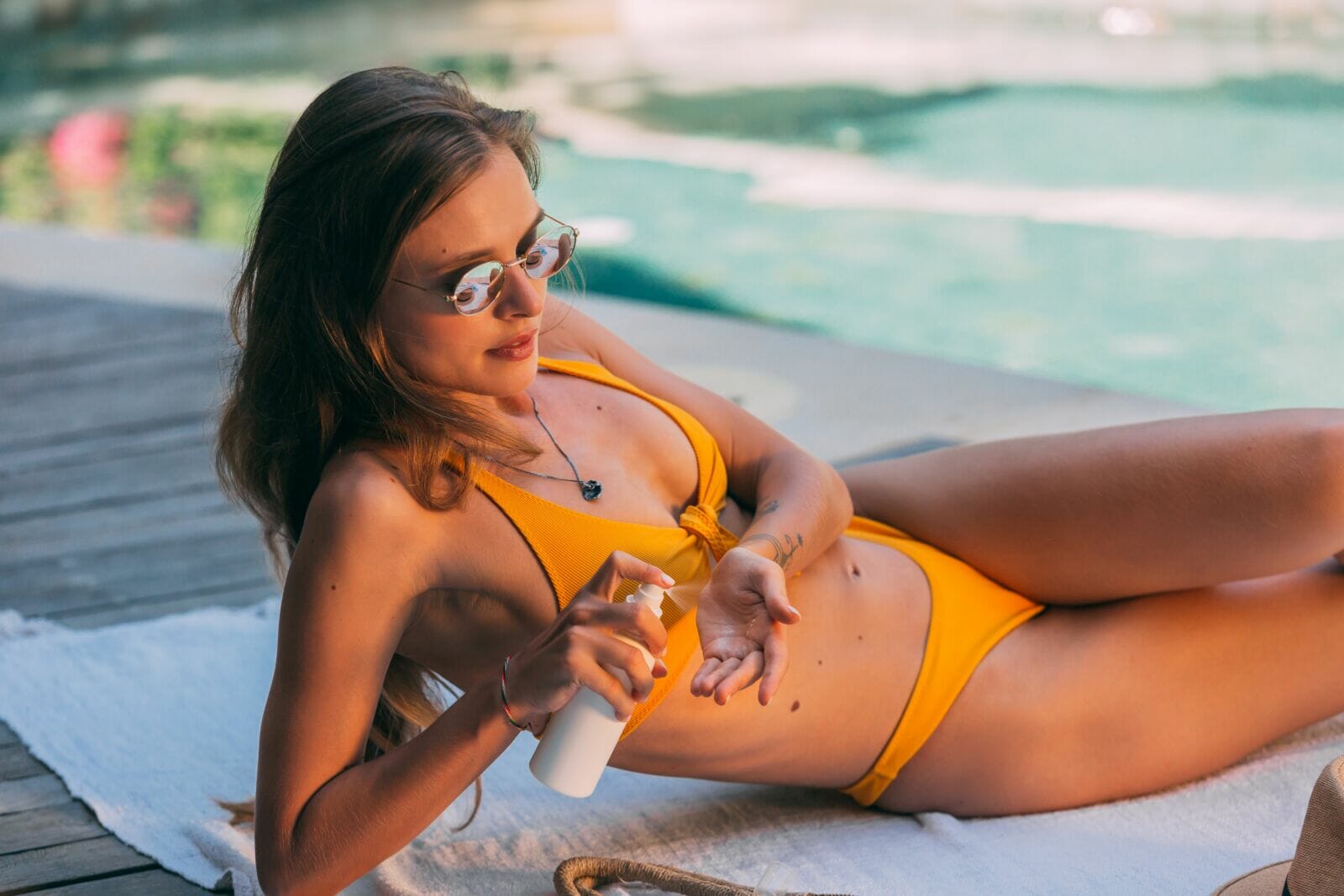As summer approaches and temperatures climb into the triple digits, sunscreen becomes more than a skincare step, it’s a daily defense. Here in the Valley, the sun is intense year-round, bringing high UV levels that make sun protection a must, especially during the summer. Without proper protection, your skin is at risk for sunburn, dark spots, early aging and even skin cancer, so it’s essential to wear sunscreen daily and reapply throughout the day.
Not all sunscreens are created equal though. To help you stay safe under the sun, here is my expert guide to your summertime skincare bestie.
LOCAL NEWS: 100 best places to work and live in Arizona for 2025
INDUSTRY INSIGHTS: Want more news like this? Get our free newsletter here
DO: Learn the difference between chemical and mineral sunscreens
Chemical sunscreens protect against UVA and UVB rays by absorbing the sun’s energy into the skin. Ingredients like avobenzone then turn it into heat and release it. Mineral sunscreens sit on the surface of your skin and physically block the rays using zinc oxide or titanium dioxide to reflect UV rays, and even blue light, before it can be absorbed into your skin.
DON’T: Assume all sunscreens work the same
Since chemical sunscreens absorb into the skin, they offer a lightweight, invisible finish. However, they may not be ideal for those prone to melasma, hyperpigmentation, or rosacea since they also produce heat within the skin. Mineral sunscreens, on the other hand, create a physical barrier on the skin, reflecting harmful rays without being absorbed. They can sometimes leave a white cast on your skin and may be harder to blend on the face and body.
DO: Choose sun protection based on your skin’s needs
If you have sensitive skin and prefer a physical barrier without chemicals, mineral sunscreen is the ideal choice. If you want a lightweight, invisible finish that layers well under makeup, chemical sunscreen would be the best option.
DON’T: Use sunscreens with harmful ingredients
People should avoid sunscreen ingredients like oxybenzone and octinoxate. It’s also best to stay away from fragrances, parabens, and alcohol in sunscreen as these ingredients can irritate the skin.
DO: Read the ingredients
When choosing a sunscreen, opt for broad-spectrum protection against both UVA and UVB rays with an SPF of 30 or higher. Key ingredients to look for include zinc oxide or titanium dioxide for mineral options, or avobenzone for chemical ones.
DON’T: Skip sun protection to tan
If you’re after a natural, sun-kissed glow without the UV damage, self-tanner is the way to go. At Med 44 Arcadia, we proudly offer clean, skin-friendly options from one of our favorite brands, Suntegrity. Their lightweight Island Tanning Drops mix easily with your favorite moisturizer to deliver a subtle, radiant glow for your face. Their Body Self-Tanning Lotion provides a flawless, streak-free tan that’s easy to apply and packed with hydrating ingredients your skin will love.
At Med 44 Arcadia, we offer a wide variety of both mineral and chemical sunscreens to suit your unique skin needs and preferences. Some of our featured brands, and my personal favorite suncare product recommendations, include ZO Skin Health, Colorescience, and Suntegrity. Visit us for a personalized skin routine consultation to find your ideal sunscreen.
Author: Holly Mueller is a Registered Nurse (BSN), Certified Cosmetic Laser Technician and Medical Aesthetician. In addition to her medical aesthetic credentials, Holly has a bachelor’s in nutrition and a Master of Public Health. She loves to holistically educate her patients on anti-aging through good nutrition, wellness and effective medical aesthetic treatments. As a Cosmetic Nurse Injector, Holly has had the opportunity to train with the worlds leading brands in Medical Aesthetics.




